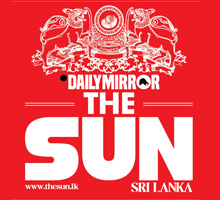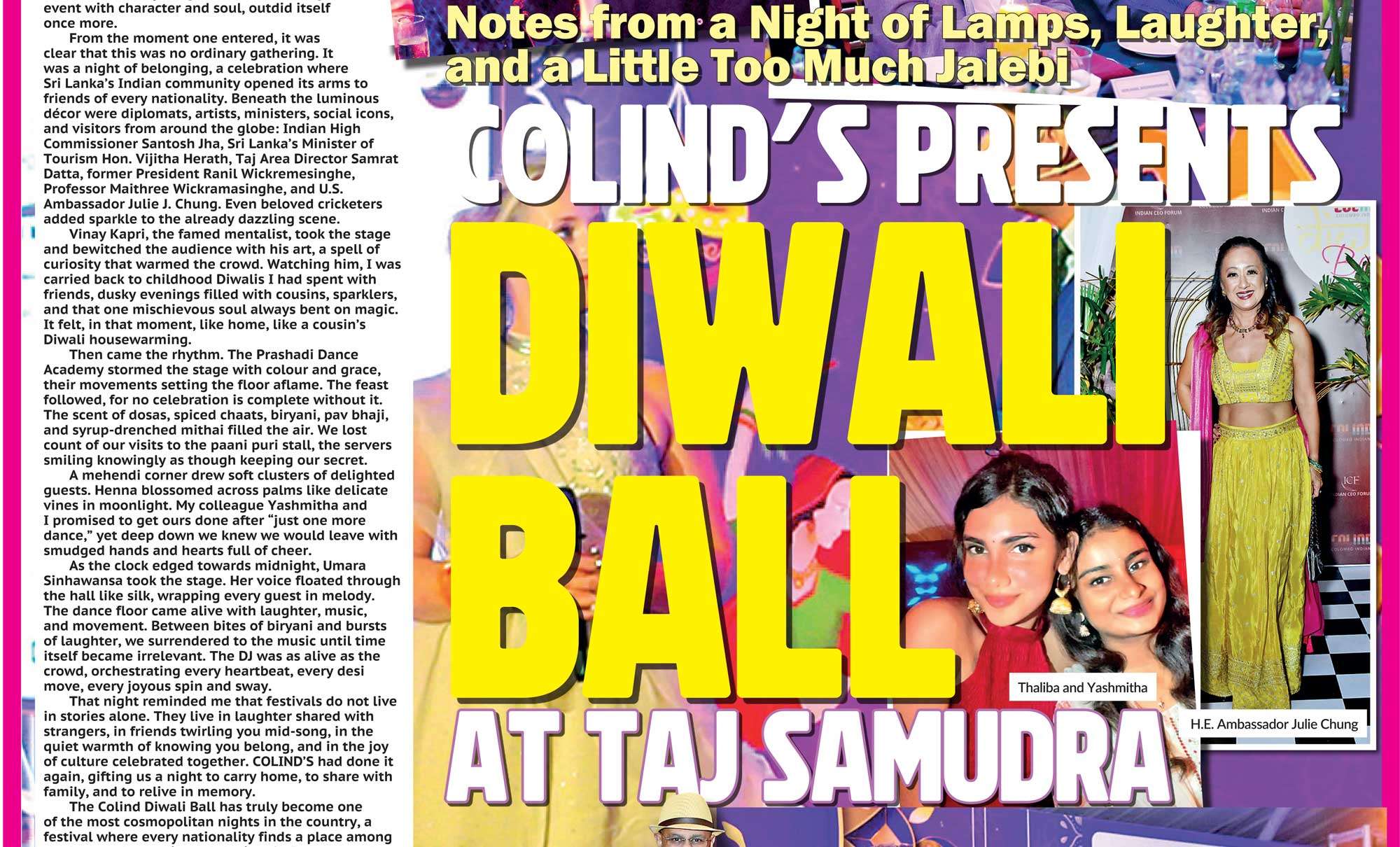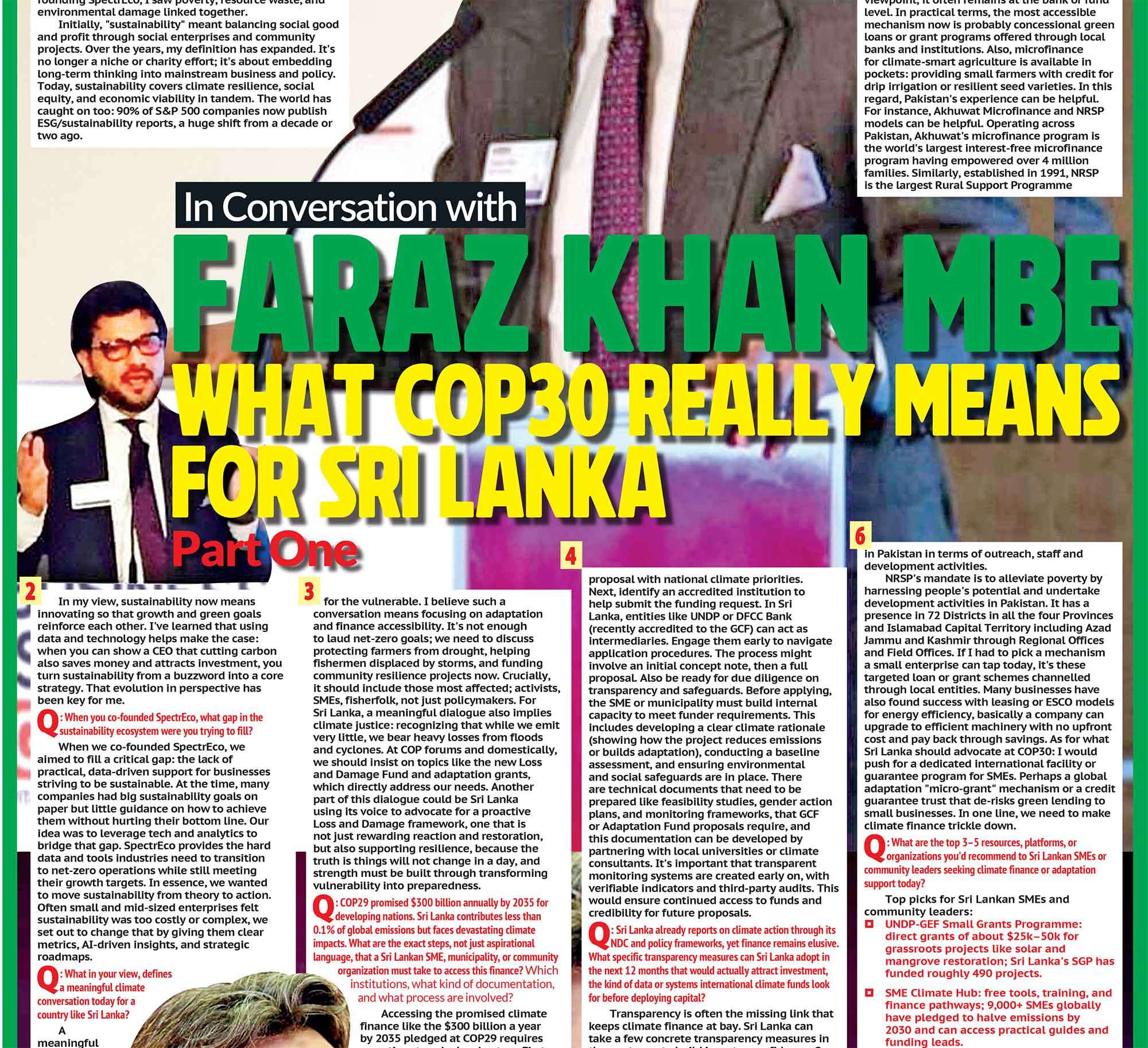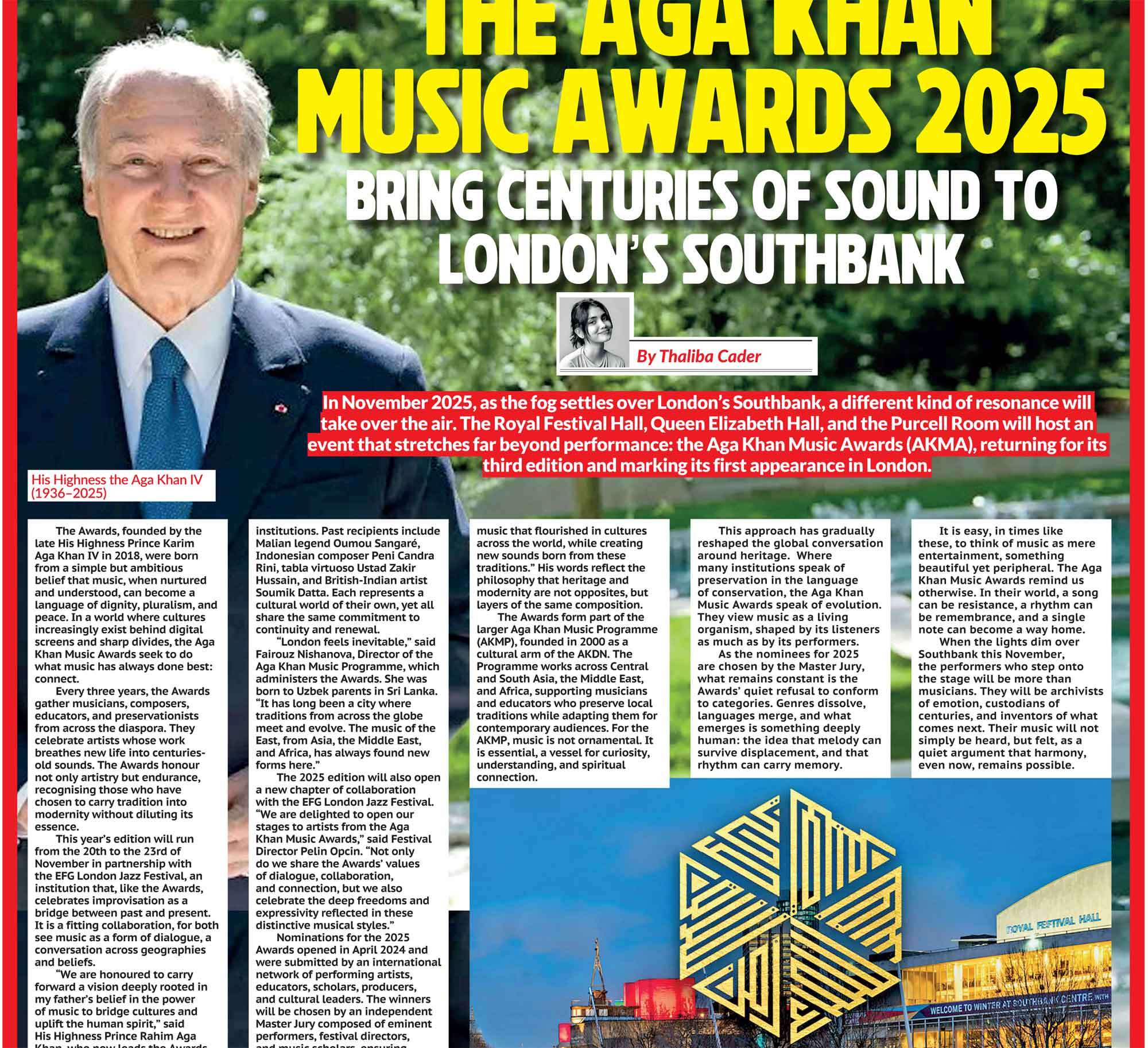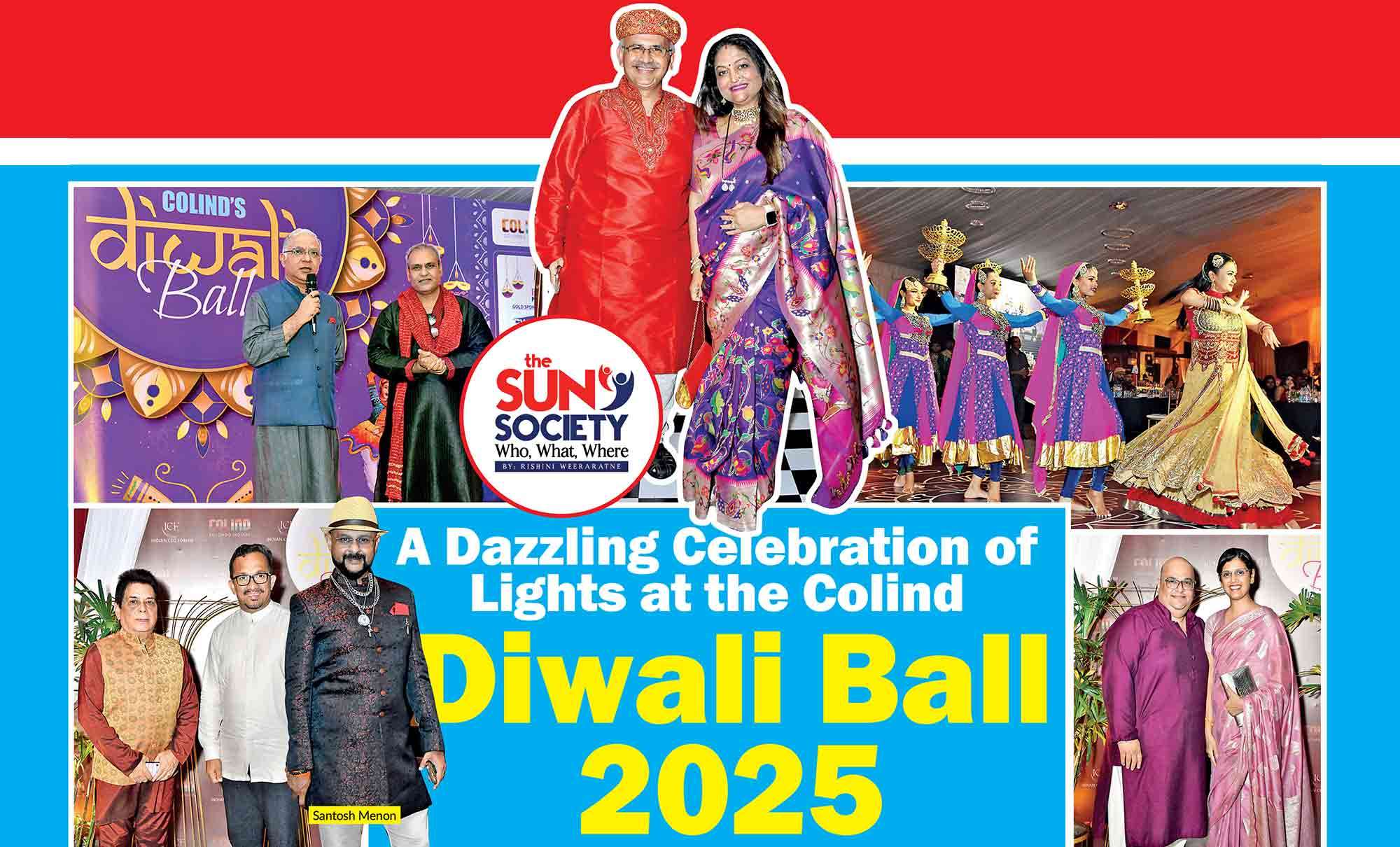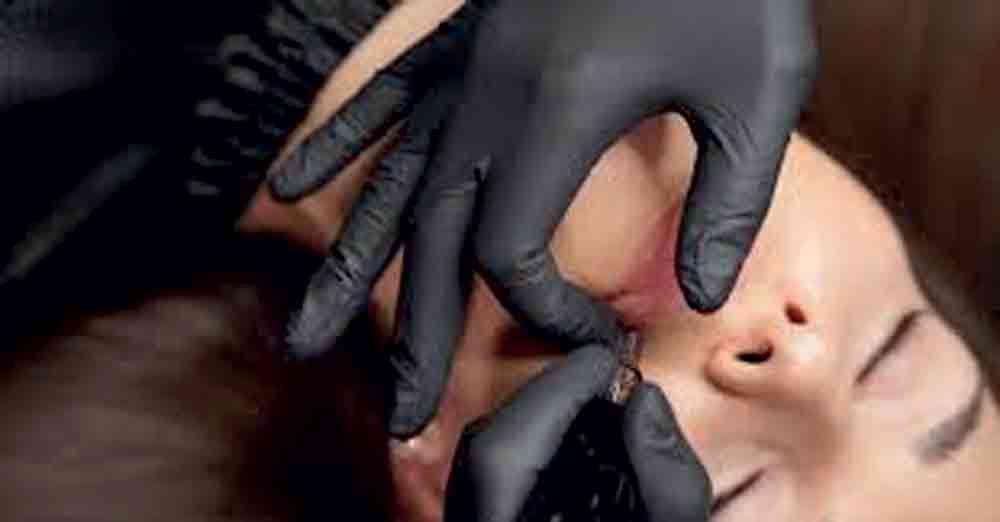
Piercings may seem like a modern trend, but their story stretches far beyond current fashion runways and TikTok tutorials. In reality, body piercing is one of the oldest forms of body modification, rich with cultural, spiritual, and even political meaning. From ancient rituals to modern self-expression, piercings carry layers of surprising history and curious facts that often go unnoticed.
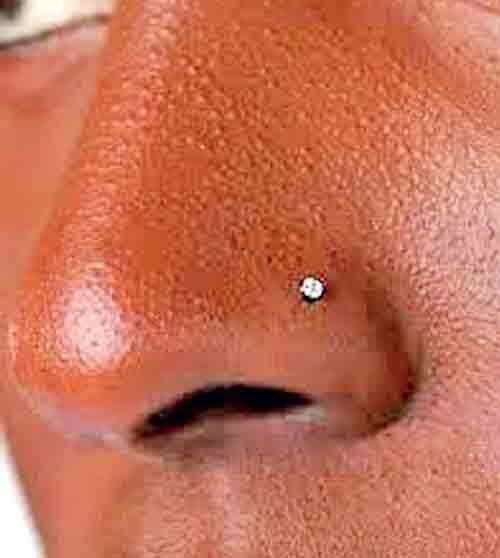
Historically, evidence of body piercing dates back thousands of years. The oldest known mummified body, Ötzi the Iceman, who lived around 3300 BCE, was found with ear piercings that had stretched lobes nearly 7 to 11 millimeters wide. This suggests that even over 5,000 years ago, humans were decorating their bodies not just for ornamentation, but perhaps as a symbol of identity, tribe, or status. In ancient Egypt, pharaohs were often buried with gold earrings, and it was customary for only royalty to have their navels pierced. In fact, in some interpretations of Egyptian history, navel piercings were so sacred that anyone not of royal blood who attempted to wear one could be punished.
Nose piercings also have deep roots, especially in South Asian cultures. In India, nose piercings are not only a beauty statement but often tied to tradition, particularly among women. Some believe it is connected to Ayurveda, where piercing the left nostril can help ease menstrual pain and childbirth.
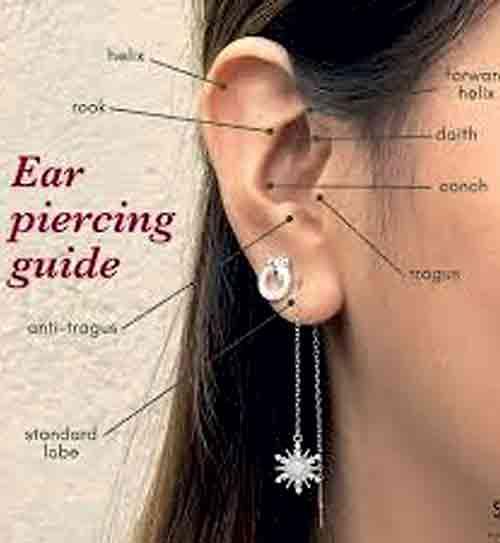
These cultural meanings have endured over centuries, with nose rings still widely seen in weddings and festive ceremonies across many regions. In the Middle East, records show nose piercings were popular among nomadic tribes over 4,000 years ago, often indicating wealth and family status.
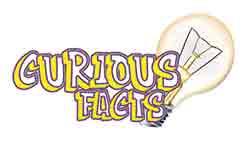 Tongue and lip piercings also have fascinating origins. Ancient Aztecs and Mayans pierced their tongues as part of spiritual and religious rituals, believing it allowed them to communicate more directly with the gods. The pain and blood associated with the act were believed to hold sacred power. In Ethiopia and parts of Central Africa, lip plates or labret piercings have been practiced for centuries, often symbolizing strength, maturity, or social rank among tribal communities. These cultural practices may seem extreme to some modern observers, but they carry profound meaning for those who practice them.
Tongue and lip piercings also have fascinating origins. Ancient Aztecs and Mayans pierced their tongues as part of spiritual and religious rituals, believing it allowed them to communicate more directly with the gods. The pain and blood associated with the act were believed to hold sacred power. In Ethiopia and parts of Central Africa, lip plates or labret piercings have been practiced for centuries, often symbolizing strength, maturity, or social rank among tribal communities. These cultural practices may seem extreme to some modern observers, but they carry profound meaning for those who practice them.
One lesser-known fact is that sailors during the European colonial era pierced their ears for superstitious reasons. Some believed that a gold earring could improve eyesight, while others thought it ensured a proper burial should they die at sea. The gold in the earring would pay for funeral costs. Earrings also served as tokens for memorable voyages or to mark crossing the equator, much like tattoos or badges of honor. These sea-faring traditions added a sense of mystique and bravery to ear piercings that still subtly influences the edgy image associated with them today.
Today, piercings have become increasingly mainstream. From high fashion models to corporate professionals, people from all walks of life sport various forms of piercings
In more recent centuries, piercings went through dramatic shifts in popularity. During the Victorian era in Europe, earrings were common, but anything more was considered taboo or linked to rebellious subcultures. Piercings outside the earlobe began to re-emerge prominently in Western societies only in the late 20th century, particularly during the punk rock movement of the 1970s and 80s. Facial and body piercings became symbols of nonconformity, rebellion, and self-assertion. They were a direct challenge to social norms and a way to visibly express one’s identity.
Today, piercings have become increasingly mainstream. From high fashion models to corporate professionals, people from all walks of life sport various forms of piercings.
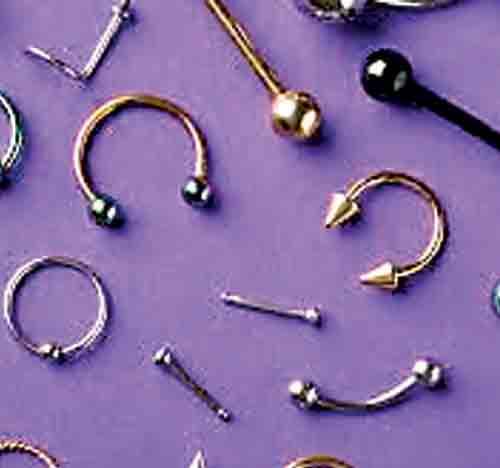
Technological improvements in piercing techniques and hygiene have helped this shift, making the experience more sterile and accessible. The types of piercings available have also multiplied, from industrial bars and tragus piercings to dermal implants and septum’s. Many of these were once fringe but are now part of mainstream style, with some even seen as elegant or artistic.
Despite their popularity, piercings are still surrounded by odd facts and beliefs. For instance, some claim that specific piercings have therapeutic benefits. The daith piercing, which goes through the innermost cartilage of the ear, is believed by some to reduce migraine frequency, although there is limited scientific evidence to support this. Similarly, tragus piercings have been rumored to aid with anxiety relief, though again, the proof is mostly anecdotal. Nonetheless, the possibility that body art might offer health benefits adds an unexpected dimension to their appeal.
Another curious element is how the perception of piercings changes based on geography. In Japan, visible piercings, especially facial ones, are still considered inappropriate in many traditional workplaces, whereas in places like Brazil or the United States, they may be accepted or even celebrated. In the Middle East, cultural and religious views often influence who gets pierced and how.

Some communities encourage nose or ear piercings but prohibit tongue or navel piercings, which are considered too intimate or Western. This variety in cultural acceptance adds to the fascinating global dialogue around piercings and their meanings.
Piercings also spark debate within the medical community. While most are relatively low-risk when done professionally, complications can occur. Certain areas, like cartilage or dermal piercings, are slower to heal and more prone to infection. Some piercings can even affect speech, chewing, or oral health if improperly placed. This hasn’t stopped people from getting them, but it has led to a surge in better training, licensing, and standards across piercing studios worldwide.
In essence, piercings are more than just small holes adorned with metal or jewels. They carry thousands of years of history, culture, symbolism, and evolving meaning. They can represent rebellion, beauty, religion, identity, or even healing, depending on who wears them and why. While trends may change and styles may evolve, the human desire to mark the body as a form of expression seems timeless. Piercings, with all their curious origins and diverse significance, continue to reflect not only who we are but who we aspire to be.
